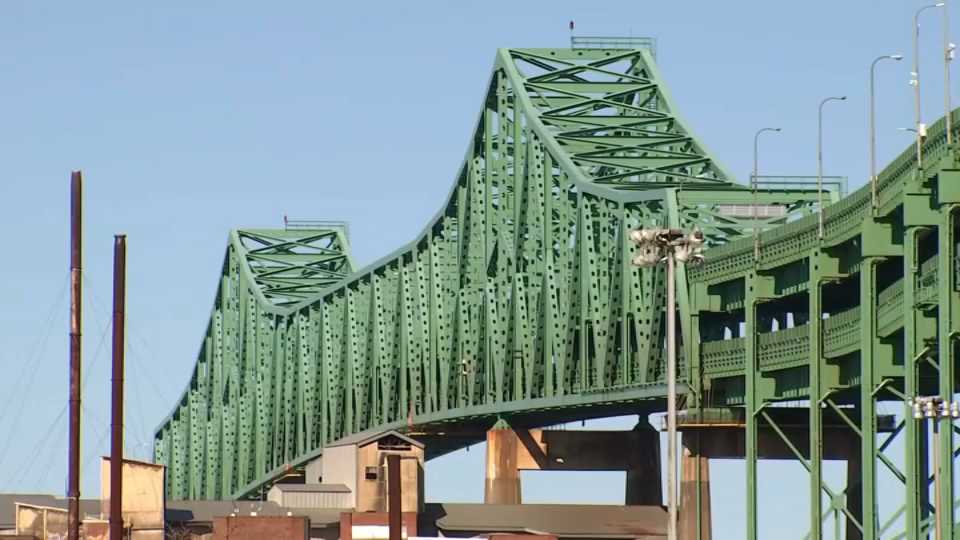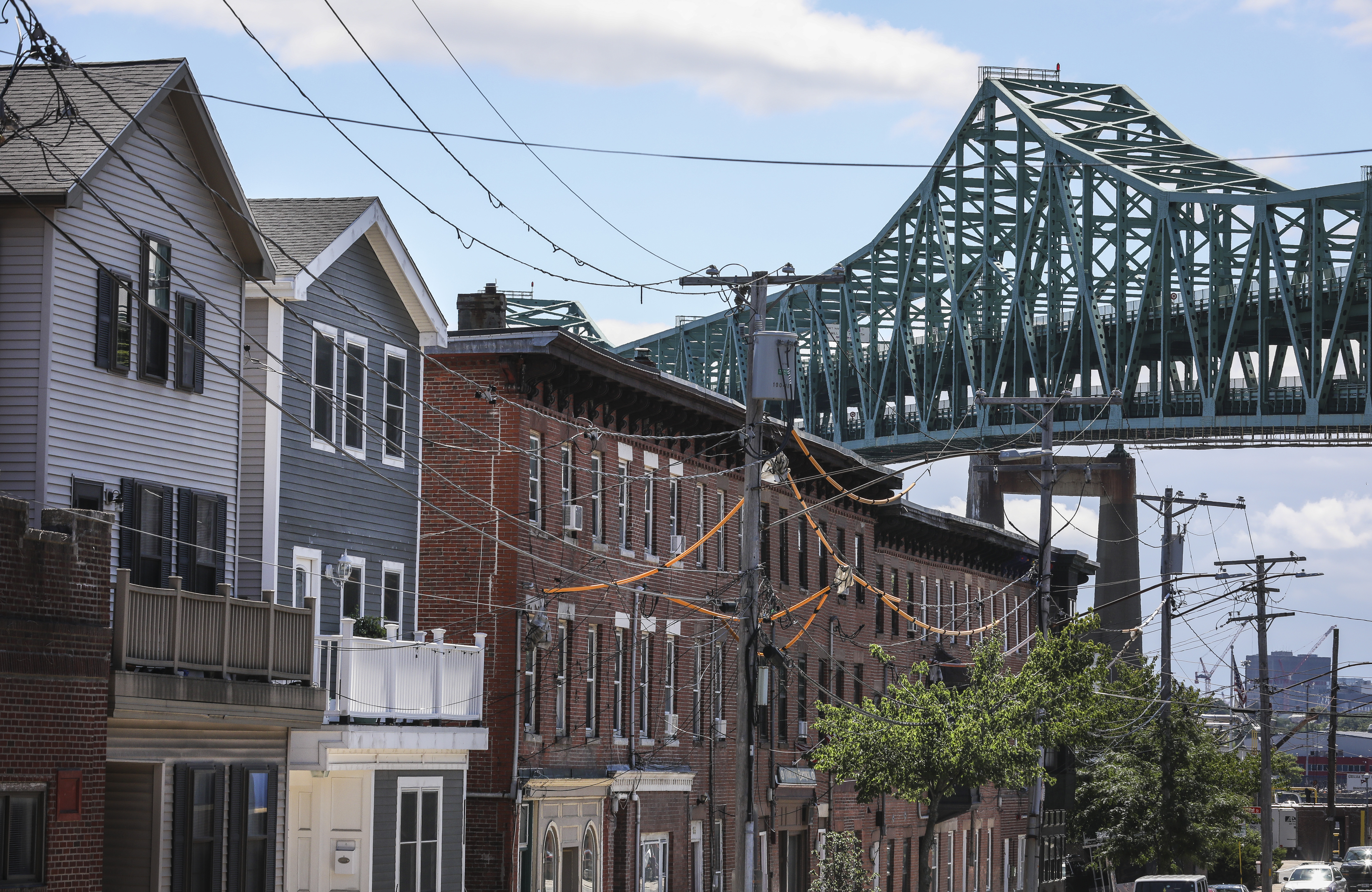Lead paint chips are continuing to fall from the Tobin Bridge, which spans the Mystic River between Boston and Chelsea. But the yearslong project to fix it is so loud, the state is giving out white noise machines.
The noise comes from dust collectors, part of a repainting job that began last year after residents complained of the hazardous paint chips falling down in flakes, which presents a major health hazard, especially to children.
WATCH ANYTIME FOR FREE
Stream NBC10 Boston news for free, 24/7, wherever you are. |
We measured the noise of that work, which is scheduled to finish in 2027, at above 100 decibels, as loud as a jackhammer. And neighbors we spoke to say the noise is unbearable.
On Saturday, the Massachusetts Department of Transportation will be giving out supplies including white noise machines, air conditioning units, air purifiers and vacuum cleaners to people who live within a certain distance from the bridge.
Get updates on what's happening in Boston to your inbox. Sign up for our News Headlines newsletter.
The giveaway will take place at 10 a.m. and 2 p.m. on Chestnut Street, near an off-ramp from the bridge.
Chips of lead paint flying off the bridge have long been a concern for Chelsea residents. Officials have said that freezing and thawing over the years has made the issue worse, causing steel to be exposed and bridge decay to happen faster.
The bridge — which first opened to traffic in 1950 — is considered safe for travel. MassDOT has said that lead paint was an industry standard up until several decades ago, and it's currently present in 30% of all steel structures in the United States and Massachusetts.




